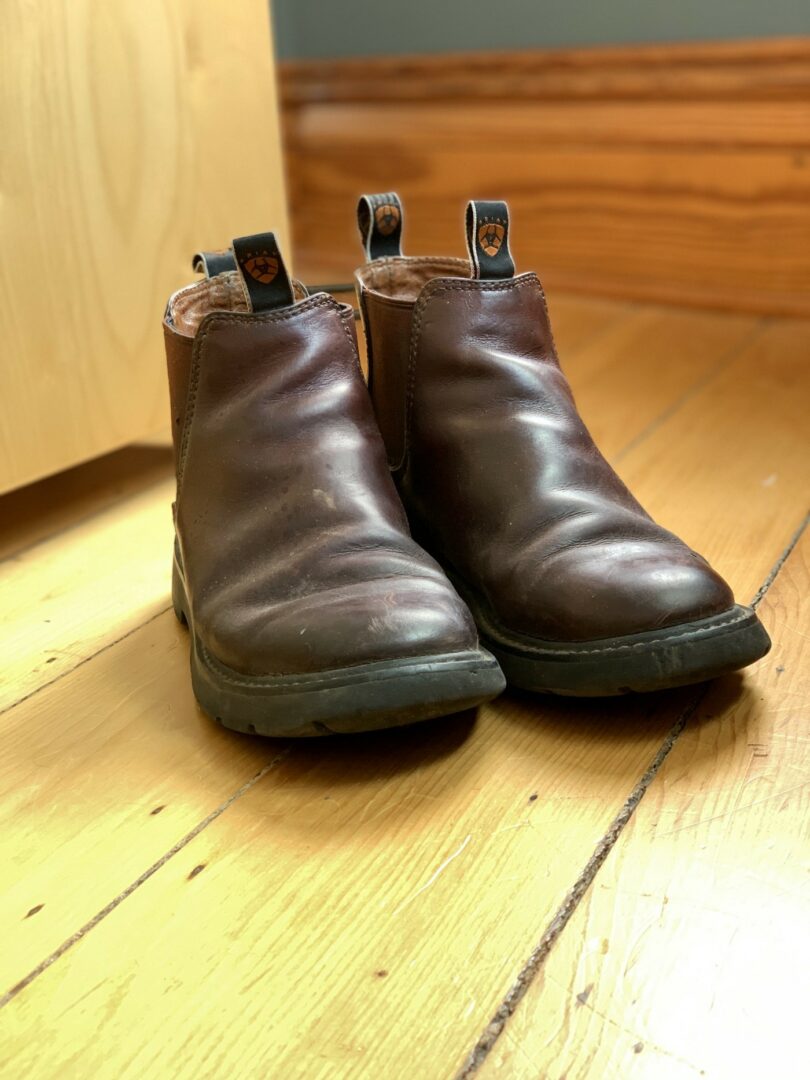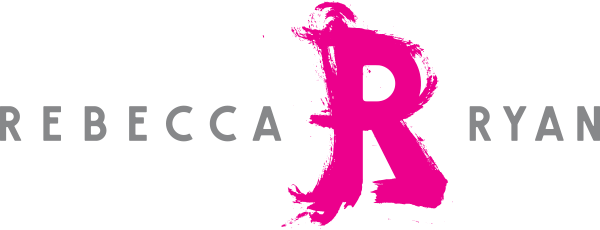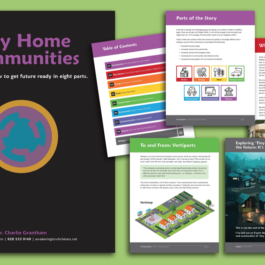What are the top 10 trends for the next ten years? Download the report here.

Things are starting to get real, aren’t they? We’ve lost more people than Vietnam, projections aren’t reassuring, and the economic aftershocks are, well, shocking.
Have you freaked out yet?
Last week, I hit a patch of mental black ice. (If you’re not from the north, “black ice” is a thin sheet of invisible ice. Imagine playing a video game and your controller suddenly stops working. It’s like that, except you’re driving an actual car. On ice. Without control of the steering wheel or brakes.)
A great antidote to being scared is to do some planning.
If you’re wondering, “How does a futurist plan for this mess?”, here’s an answer. I drafted a two-year, how-we’ll-get-through-COVID plan for my company and shared it with my team this afternoon. Below, I share the main sections. I hope this can help you get your poop in a group, calm down, and get focused on the big job we have ahead of us. Let me know if this helps, or if there’s anything else I can provide that would be helpful.
1. Assumptions
In a time of VUCA (volatility, uncertainty, chaos, and ambiguity), you will never have perfect or complete information. So the best you can do is state your current assumptions and update them as new information comes along. My assumptions are related to my consulting and speaking business that primarily serves the public sector and the public good. Your assumptions should be related to your business.
- The US meetings industry won’t be back for at least a year, but people still need and want to gather. Local and statewide meetings will come back first depending on state guidance for re-opening and crowd size. People will feel safer gathering with co-residents versus strangers. National and international meeting recovery will take longer. If we want to reach people for the next year, we have to find a way to do it better than anyone else, online.
- Associations that rely on their annual meeting to fund their operations are going to be badly hurt. Some will not recover. This means that some of our key partners will face unprecedented financial challenges and will either tap dance their way through this, or they’ll re-tool and emerge much stronger, in service to their members.
- The United States’ recovery will be a series of surges and declines that will occur like whack-a-mole across the country. When COVID illnesses and deaths surge, economic lockdowns will follow. As COVID illnesses and death decline, re-openings will follow. This will follow a wave pattern with each surge and decline getting smaller (less volatile) over the next 12–18 months UNLESS an effective treatment or vaccine is discovered and distributed en masse.
- The recovery will be uneven among cities, e.g., cities that rely heavily on sales tax will be hard hit. Cities that rely primarily on property tax will be largely sheltered for at least one year when real estate assessments may adjust. Many cities will consider bankruptcy, disincorporation, or declaring federal emergencies. Some cities’ budgets have only recently returned to pre-Great Recession (2009) levels, and have less fat to trim. Cities’ budgets will be in dire straights in their next two fiscal years UNLESS something drastic changes, like a “grand bargain” among philanthropies and the public sector.
- Most organizations’ strategic plans have a giant COVID hole blown straight through the middle. People and organizations will need two kinds of plans: an “interim” plan for the COVID period and a new “long range” plan for the post-COVID era.
- People are wondering about and talking about the future more than ever. They want more than news; they want perspective about what’s to come and how to prepare.
- NGC (my company) cannot be first-rate at all things, but we can be best-in-class at some things. We must hunt for, develop, and market those things that we can be best-in-class at, because we can help people, organizations, and communities manage through the mess and create better futures.
2. “First Principles”
First principles are how we’ll conduct ourselves as we cope with this pandemic. Ours are:
1. People first — This
is pretty self explanatory. Our team, our clients, our past clients,
our vendors…these are the folks we’re going to take care of. We will be
kind, fair, clear…and fun!
2. Put on our own oxygen mask first — Cash flow is the oxygen of our business. It’s not why we exist, but we can’t exist without it.
3. #Betterthanbefore —This
is our mantra: how can we use this crisis as a force for positive
change, to help ourselves, our clients and partners emerge stronger and
better than ever?
4. Wear your work boots — The road will be long, and we’ll have to dig deep sometimes. (More on this at the end of the post.)
3. Pivot plan
This section outlines big ideas in our business’s key categories (speaking, consulting, etc,) for how how we can pivot to generate revenue, manage expenses, and invest in innovation. All of this is up for discussion and refinement. We will build, test, refine as we go.
4. Financial contingency plans
This is not scenario planning. Contingency plans assume that shit’s gonna go sideways, and the recession will impact us. Our Plan A (current case), Plan B (Uh-oh), Plan C (Oh, shit), and Plan D (Close it down) have clear trip wires that indicate when we need to reduce salaries, defer payments, etc.
The main indicators I use are the same as those we used during the Great Recession: cash in the bank; accounts receivables; and expenses. Basically, if we don’t have enough cash in the bank and receivables to last four months, we’re in Plan D. Everything better than that is in Plans B or C.
It’s no fun thinking about this stuff, but it’s what leaders have to do in times like this. And your people need to know that someone is thinking about this. No one wants to be surprised.
5. Personal reflection from another tough time we went through (the Great Recession)
This is right out of our plan:
“The real lesson I learned during the Great Recession is about people. I learned that people want to know what’s happening, so I opened the books. People want to know what to expect, so I created Plans A, B, and C. People want to know what they can control, so I drafted a plan we could all use, chew on, or refine. I learned that people need each other and we have each other.
“The final thing I remember about the Great Recession is that I started wearing my favorite work boots every day. Something about pulling on those boots every morning reminded me of the hard work that was ahead of us, and my commitment to do my best.”
Pull on your boots. Let’s do this.
If you enjoyed this post, please subscribe to our newsletter.

Rebecca Ryan, APF
Rebecca Ryan captains the ship. Trained as a futurist and an economist, Rebecca helps clients see what's coming - as a keynote speaker, a Futures Lab facilitator, an author of books, blogs and articles, a client advisor, and the founder of Futurist Camp. Check out her blog or watch her Q&A on how NGC helps organizations prepare for the future using Strategic Foresight. Contact Lisa Loniello for more information.
Yasemin Arikan Promoted to Director of Futures Research
NEXT Generation Consulting (NGC) announced the promotion of Yasemin Arikan to Director of Futures Research. Arikan will lead the company’s efforts to...
Is Your Housing Market Ready for Your Future?
One of the biggest problems facing many cities and towns is inadequate housing. This problem is most acute for seniors, veterans with disabilities, and low-income groups ...
Three Things Martha Stewart Gets Right About Return to Office (RTO)
The original influencer and the person who invented the "Home" retail category, Martha Stewart, became the latest CEO to tell employees to get back to the office five day...







